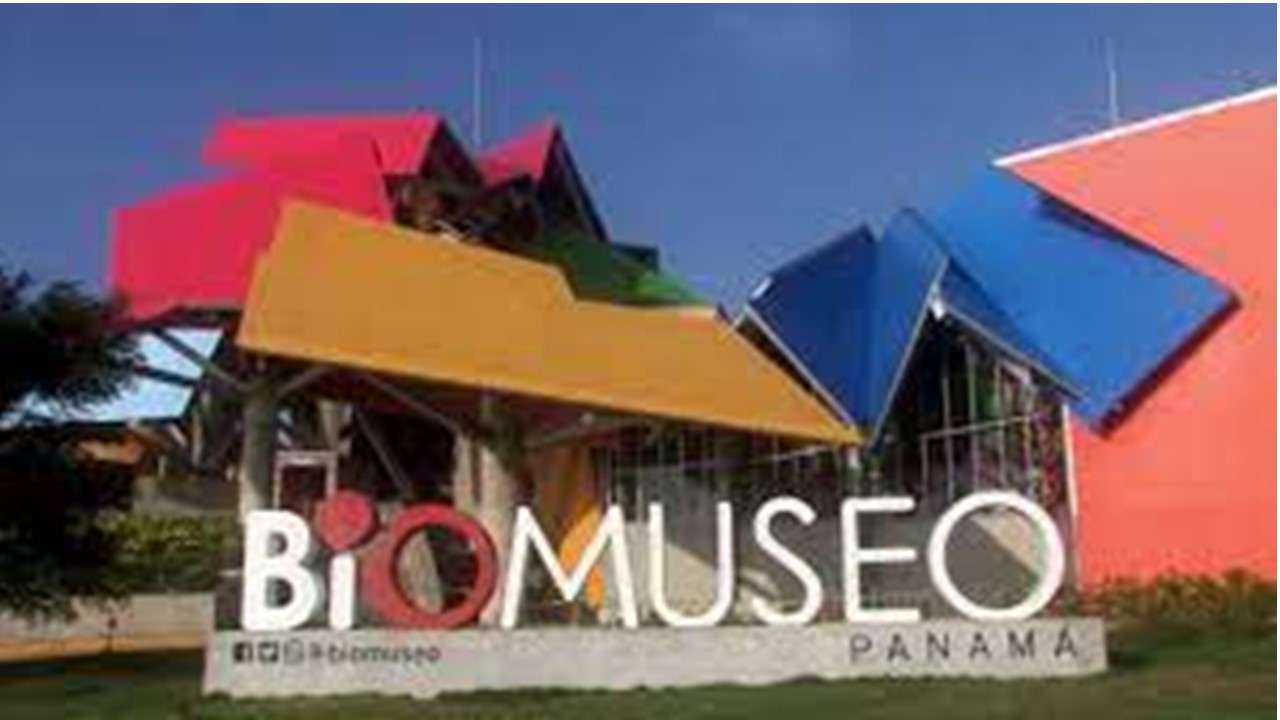Biomuseo could be the next victim of mining protests

The current crisis due to protests has reduced the iconic Biomuseum’s cash flow by 70%. and has caused the cancellation of all visits and events for the remainder of the year.
They have reduced their staff by 50% and are only opening on weekends.
The Biomuseo has seen its cash flow reduced since October, which jeopardizes the operation of the site and faces the risk of “total and definitive closure,” the organization warned in a letter addressed to its donors allies, and friends.
The cash deficit exceeds $30,000 a month, so they are considering a possible total closure plan in case “the situation does not normalize in the coming weeks,” says the letter signed by Ana Lucrecia Tovar de Zarak and Víctor Cucalón, president and executive director of the Amador Foundation, which manages the Biomuseo.
The difficult financial moment that the Biomuseo is going through, is attributed by its administration to the political crisis generated by the protests against the mining contract, which in turn caused visitors to cancel their tickets and visit plans for the remainder of the year, including scheduled student tours from the country, cancellations of tour operators, disembarkation of cruise ships, conferences and various family and international events.
In the letter, the directors of the Amador Foundation indicate that they have canceled or delayed payments for service contracts with third parties, have reduced their payroll by 50%, are only opening on weekends, and are managing payment arrangements for basic water services, electricity, and insurance.
The letter is dated November 16 of this year and ends with a call to its donors and allies to purchase tour packages for next year and to make donations of any amount to mitigate the minimal cash flow they are experiencing.
The over $90 million museum was designed by Canadian architect Frank Gehry and promoted by the Amador Foundation, with the support of donors, private companies, and the government of Panama. In the complex, there are eight galleries that explain how the emergence of Panama changed the world 3 million years ago.





